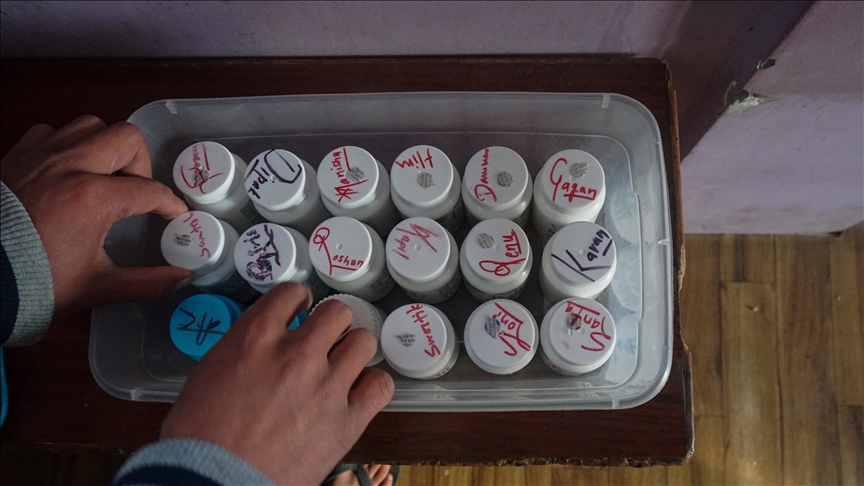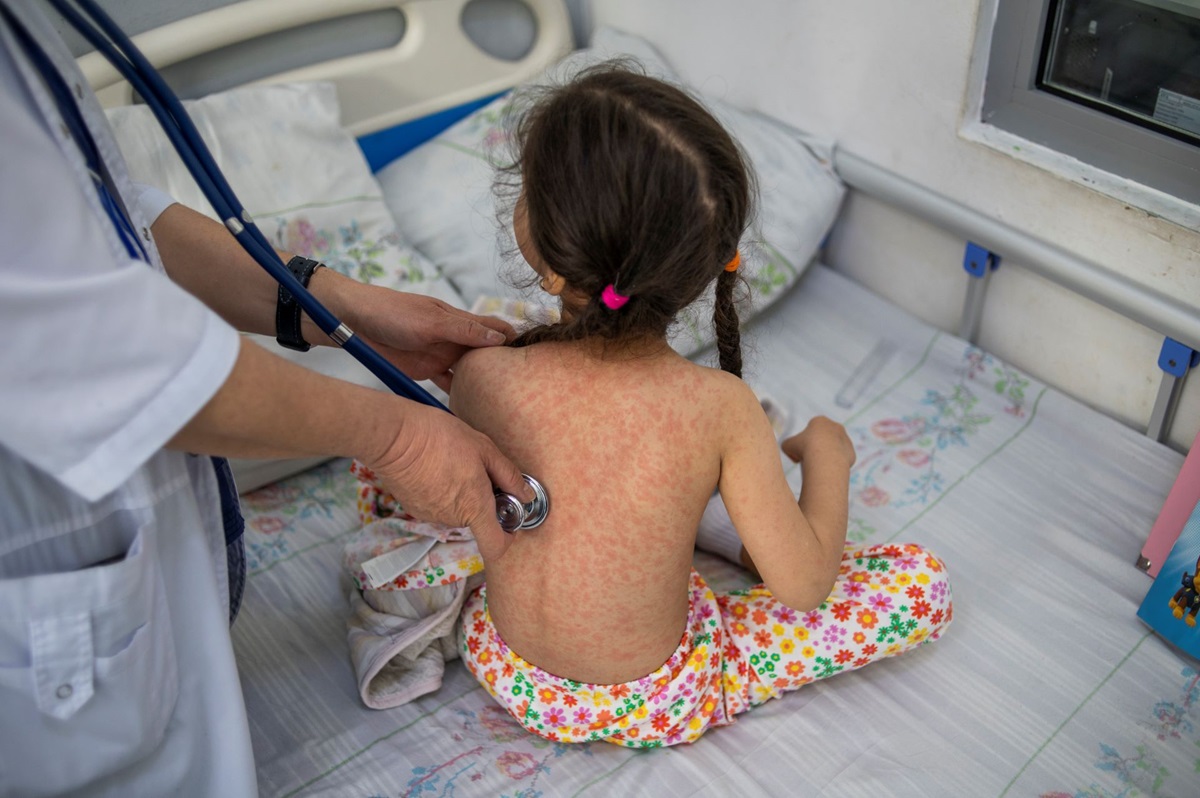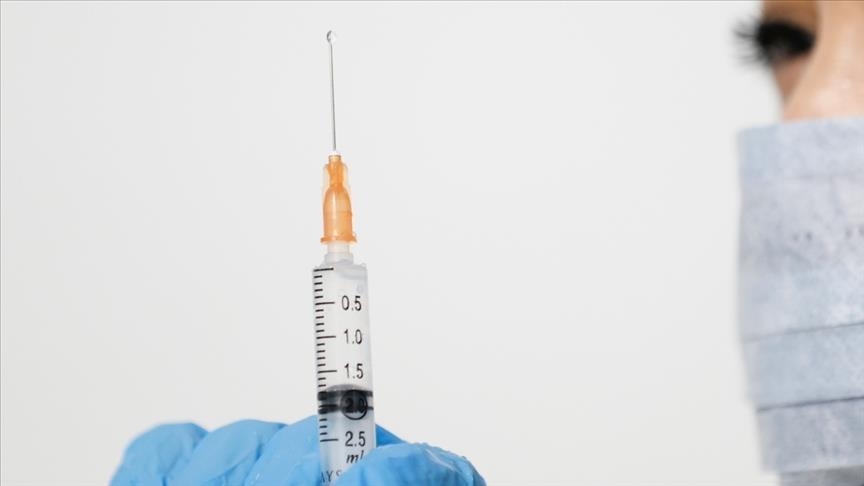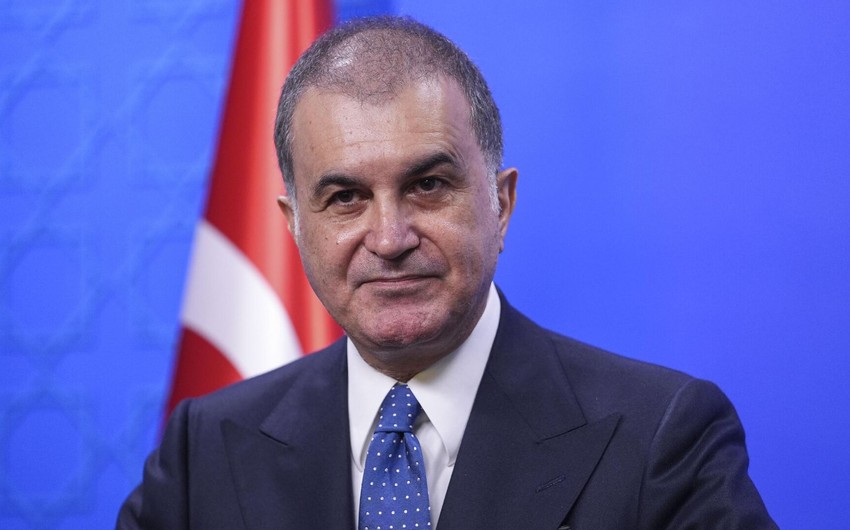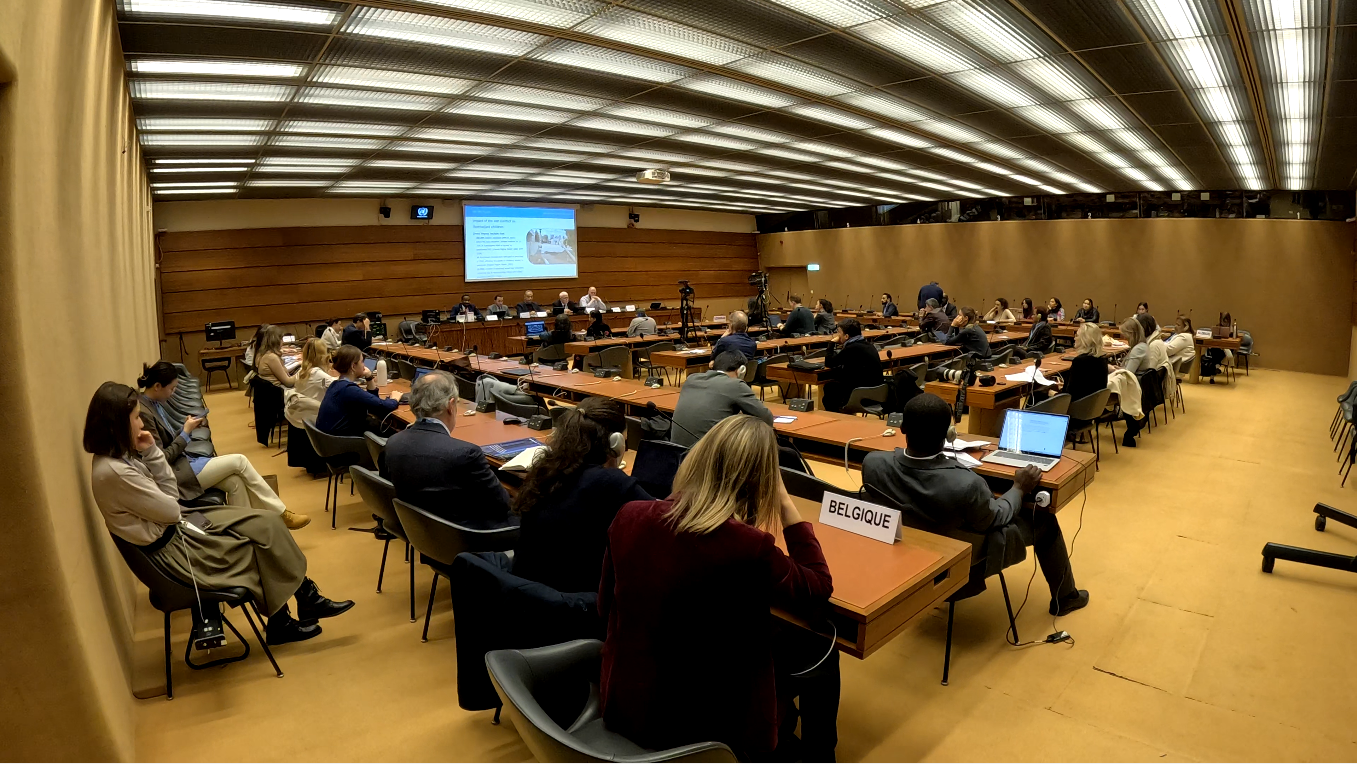Up to 6 million new HIV infections and 4 million AIDS-related deaths could occur between 2025 and 2029 if vital treatment and prevention services collapse amid a deepening global funding crisis, the UNAIDS warned Thursday.
In its 2025 Global AIDS Update, the organization said abrupt and widespread cuts in international funding are dismantling HIV services in countries most affected by the epidemic.
"This is not just a funding gap -- it’s a ticking time bomb," UNAIDS Executive Director Winnie Byanyima said in a press release. "We have seen services vanish overnight. Health workers have been sent home. And people -- especially children and key populations -- are being pushed out of care."
In Mozambique, over 30,000 health workers have been affected, according to the update. In Nigeria, the number of people starting pre-exposure prophylaxis (PrEP) each month dropped from 40,000 to 6,000. As a result, progress made in recent decades is now at risk of reversal, it warned.
In 2024, 630,000 people died from AIDS-related causes, and 9.2 million people living with HIV, including 620,000 children, still lacked access to treatment. Sub-Saharan Africa accounted for 61% of all AIDS-related deaths.
On a more positive note, the organization said that, despite the crisis, some countries are stepping up. South Africa funds 77% of its AIDS response and plans to expand investment, while seven African countries have reached the 95-95-95 treatment targets, meaning 95% of people living with HIV know their status, 95% of those are on treatment, and 95% of those on treatment are virally suppressed.
"Together, we can still end AIDS as a public health threat by 2030 -- if we act with urgency, unity, and unwavering commitment," Byanyima said.

